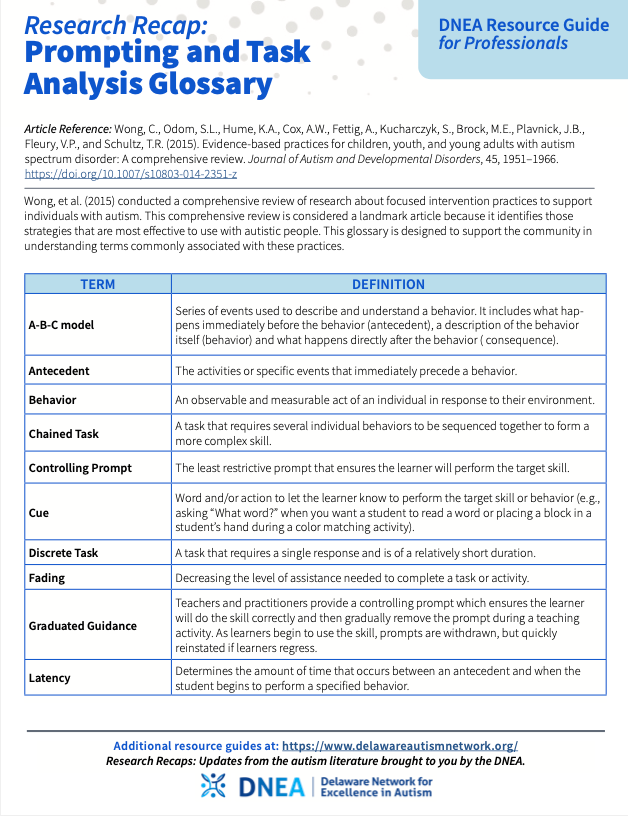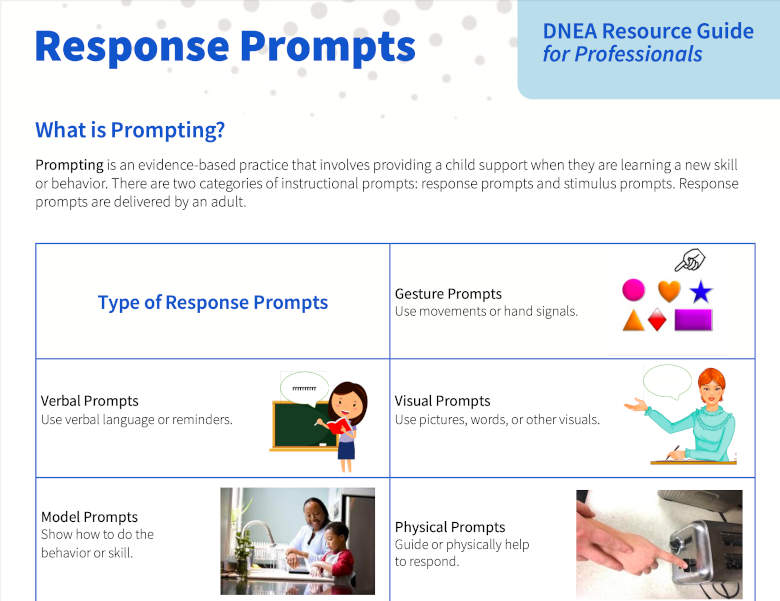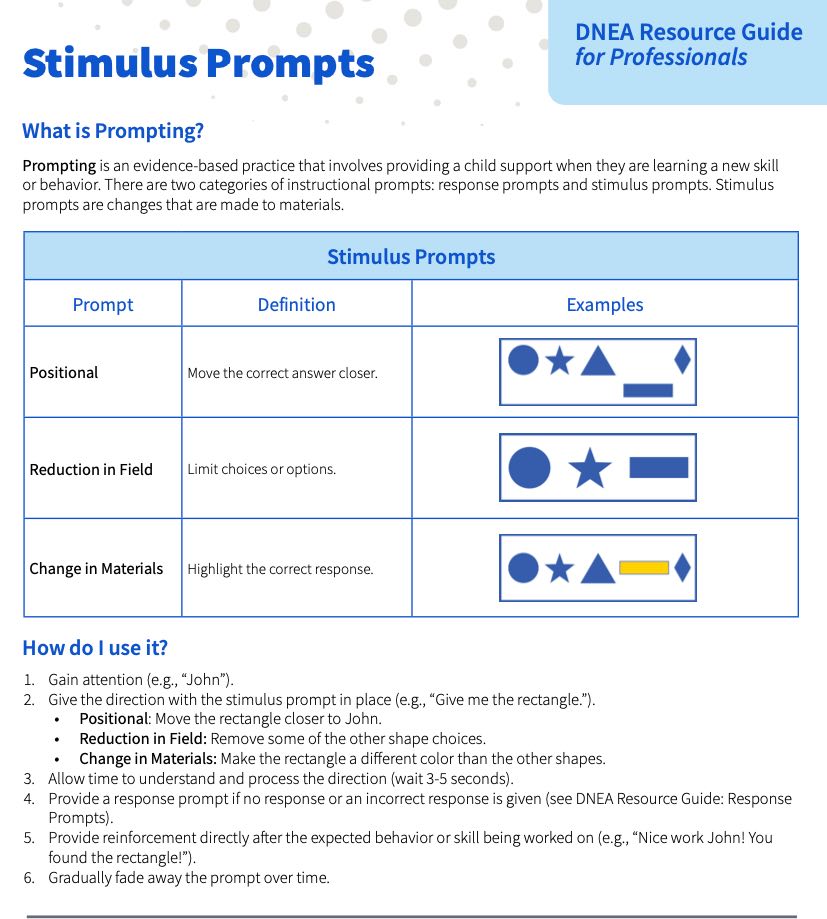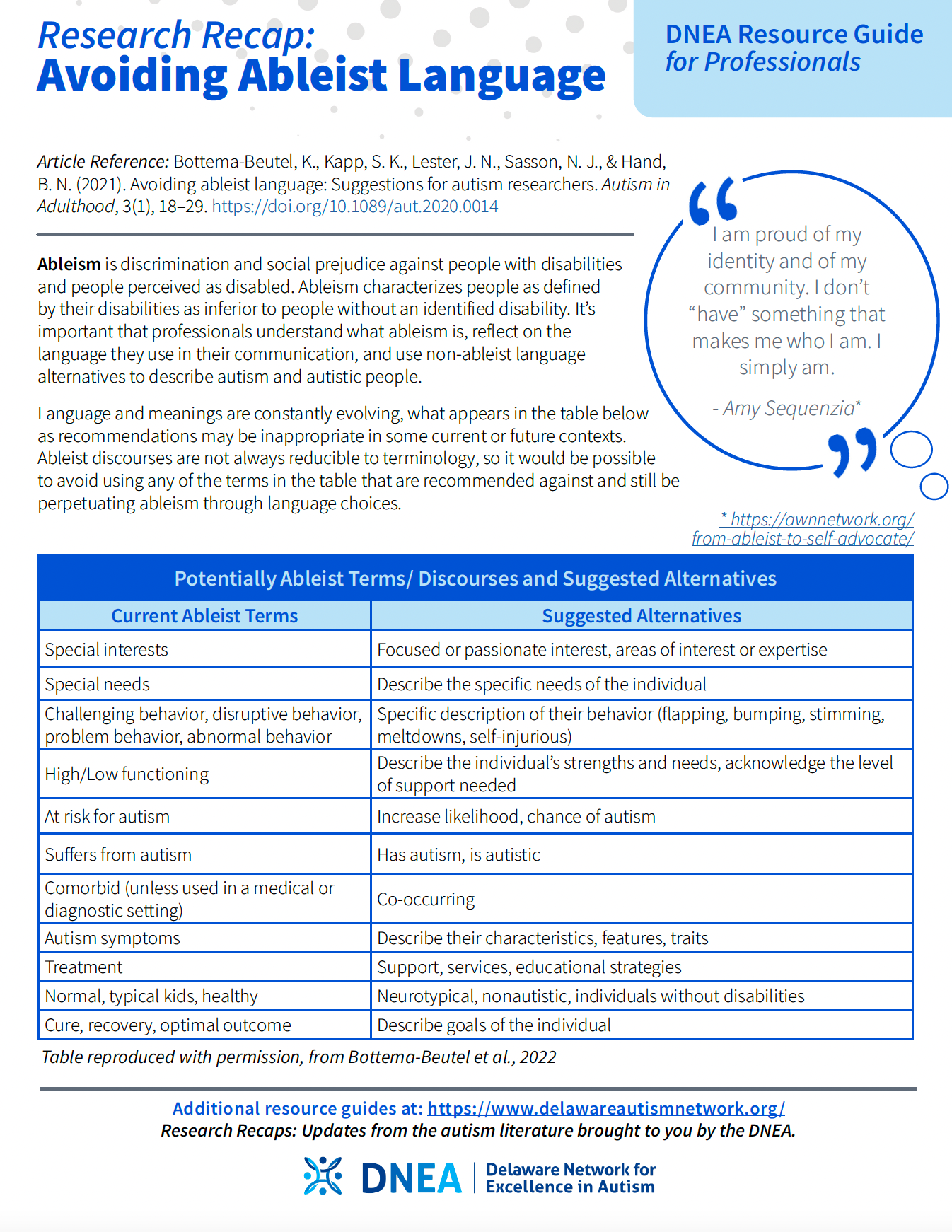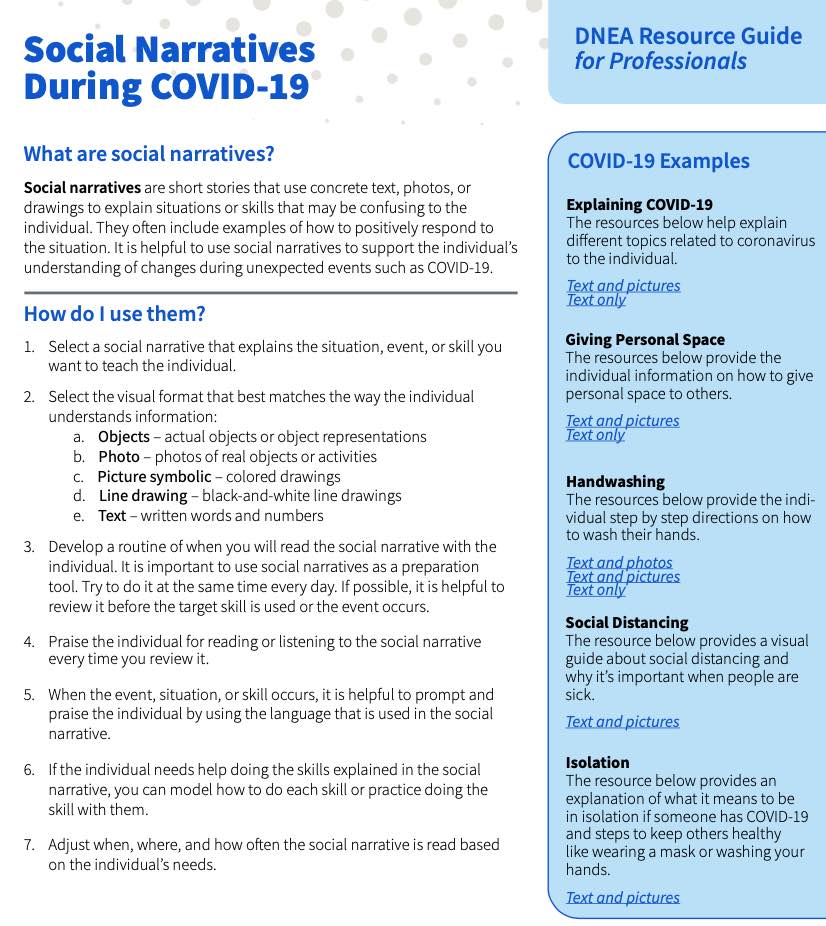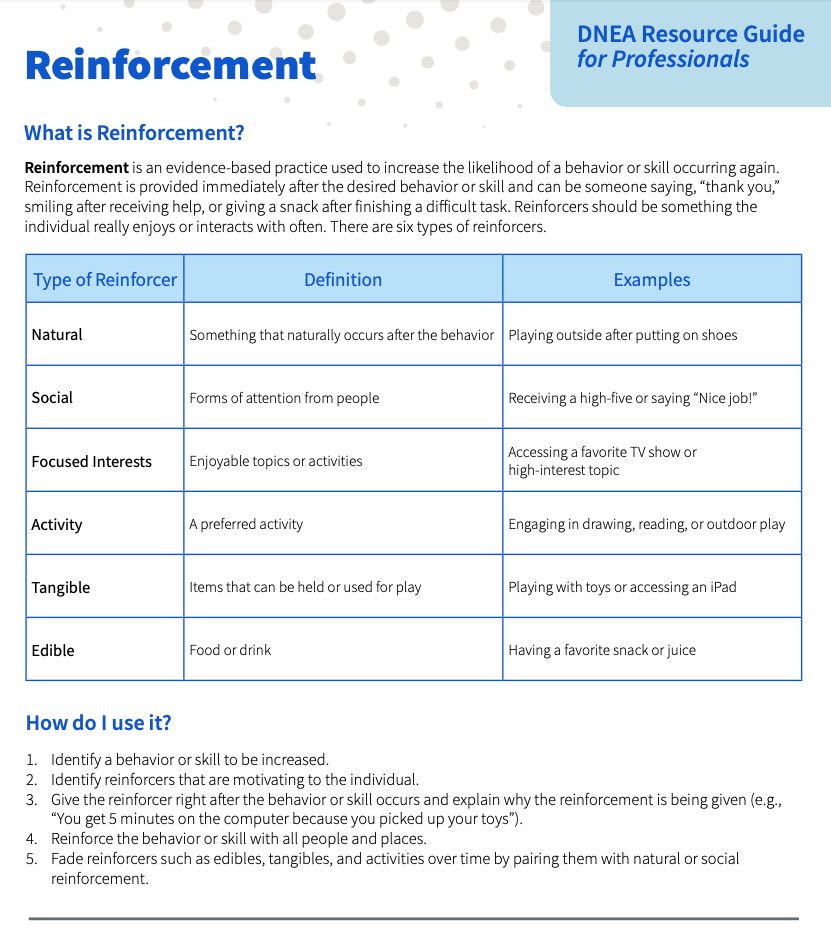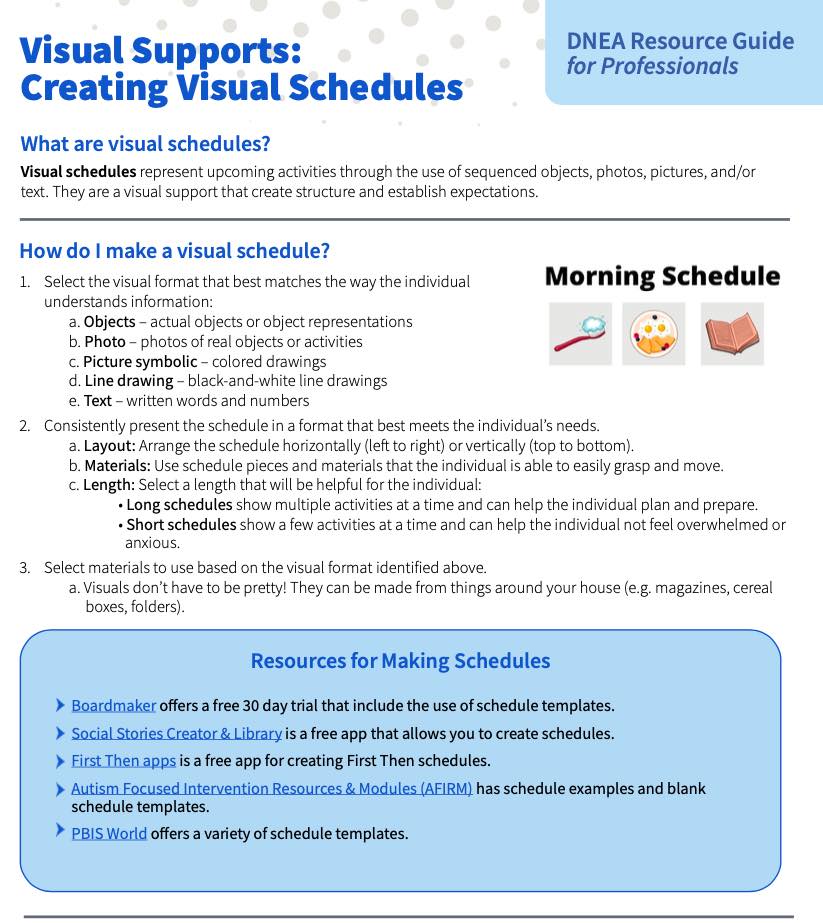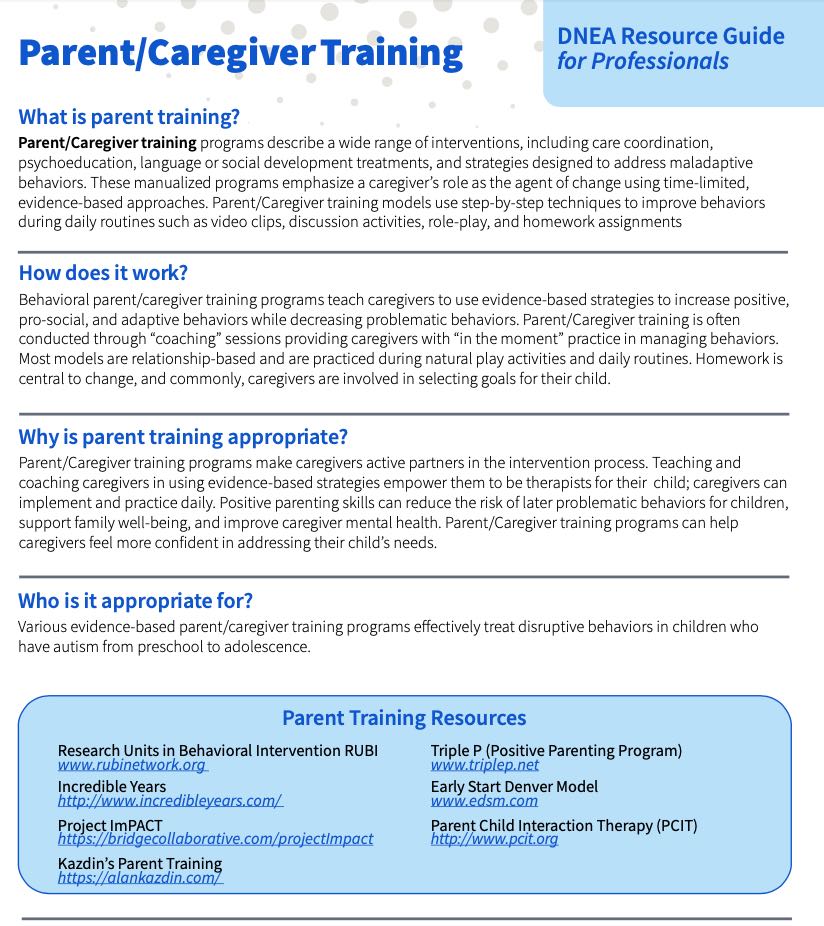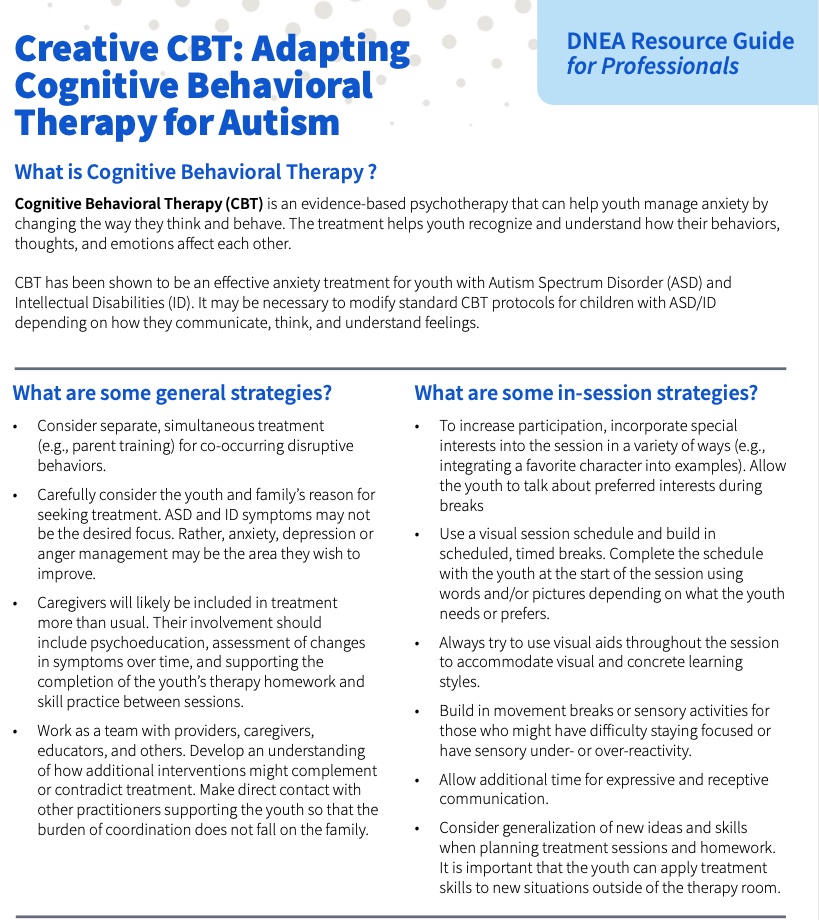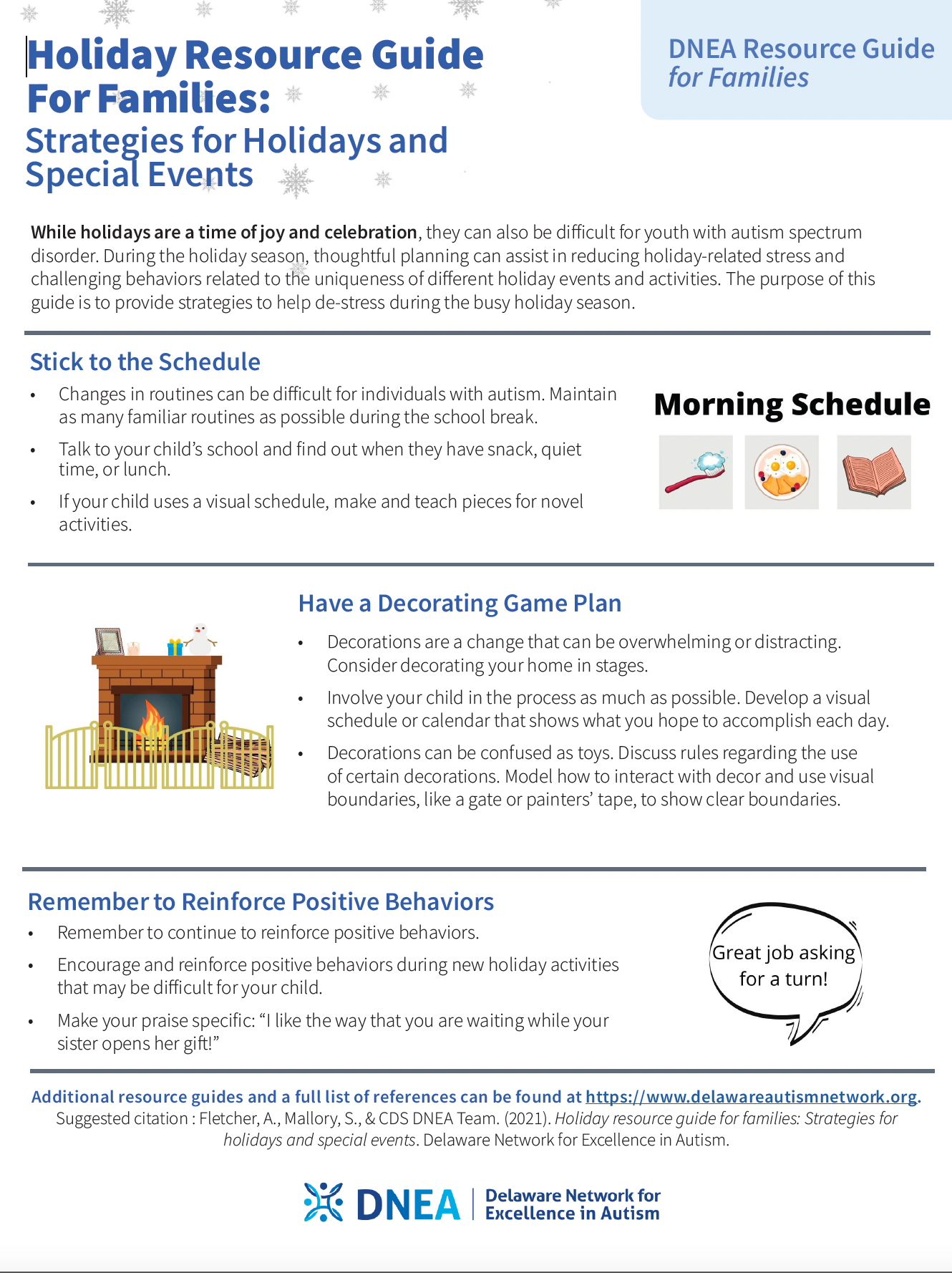Wong, et al. (2015) conducted a comprehensive review of research about focused intervention practices to support individuals with autism. This comprehensive review is considered a landmark article because it identifies those strategies that are most effective to use with autistic people. This glossary is designed to support the community in understanding terms commonly associated with these practices.
Prompting is an evidence-based practice that involves providing a child support when they are learning a new skill or behavior. There are two categories of instructional prompts: response prompts and stimulus prompts.
Prompting is an evidence-based practice that involves providing a child support when they are learning a new skill or behavior. There are two categories of instructional prompts: response prompts and stimulus prompts. Stimulus prompts are changes that are made to materials.
Ableism is discrimination and social prejudice against people with disabilities and people perceived as disabled. Ableism characterizes people as defined by their disabilities as inferior to people without an identified disability. It’s important that professionals understand what ableism is, reflect on the language they use in their communication, and use non-ableist language alternatives to describe autism and autistic people.
Social narratives are short stories that use concrete text, photos, or drawings to explain situations or skills that may be confusing to the individual. They often include examples of how to positively respond to the situation. It is helpful to use social narratives to support the individual’s understanding of changes during unexpected events such as COVID-19.
Reinforcement is an evidence-based practice used to increase the likelihood of a behavior or skill occurring again. Reinforcement is provided immediately after the desired behavior or skill and can be someone saying, “thank you,” smiling after receiving help, or giving a snack after finishing a difficult task. Reinforcers should be something the individual really enjoys or interacts with often. There are six types of reinforcers.
Visual schedules represent upcoming activities through the use of sequenced objects, photos, pictures, and/or text. They are a visual support that create structure and establish expectations.
Parent/Caregiver training programs describe a wide range of interventions, including care coordination, psychoeducation, language or social development treatments, and strategies designed to address maladaptive behaviors. These manualized programs emphasize a caregiver’s role as the agent of change using time-limited, evidence-based approaches. Parent/Caregiver training models use step-by-step techniques to improve behaviors during daily routines such as video clips, discussion activities, role-play, and homework assignments
Cognitive Behavioral Therapy (CBT) is an evidence-based psychotherapy that can help youth manage anxiety by changing the way they think and behave. The treatment helps youth recognize and understand how their behaviors, thoughts, and emotions affect each other.
While holidays are a time of joy and celebration, they can also be difficult for youth with autism spectrum disorder. During the holiday season, thoughtful planning can assist in reducing holiday-related stress and challenging behaviors related to the uniqueness of different holiday events and activities. The purpose of this guide is to provide strategies to help de-stress during the busy holiday season.
